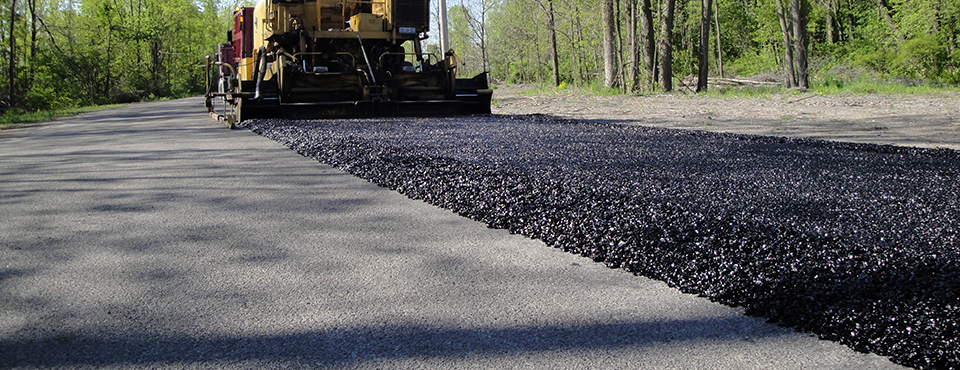Almost everyone is familiar with the spring-summer seasonal roads repairing. Heavy machinery is everywhere on the streets and hot asphalt is poured and rolled out on the road surface. Some time ago, this was the only way to do patch repairing of the roads. Today, the technology of cold asphalt mixtures is widely used for such purposes.
Cold asphalt is a mixture of crushed stone (macadam, gravel), sand, an organic binder (usually a bitumen emulsion), cement (or other mineral binder) and special additives.
Bitumen emulsion, which is used as an organic binder in the preparation of cold mix asphalt, consists of bitumen and water. The presence of water in the emulsion allows road repairing in high humidity conditions. At room temperature the emulsion is in a liquid state and does not require heating for mixing, due to this it is possible to do repairing works at low temperatures (up to -5°C), what means extending the terms for providing the works to almost all year round.
In contrast to hot asphalt, a cold asphalt mixture acquires its strength after water evaporates from the emulsion, but not when hot laid and compressed mixture cools.
Cold asphalt is superior to hot in storage duration terms. Hot asphalt should be used within a few hours after preparation, and the terms for usage of cold asphalt mixes may vary from 2 weeks to 8 months, depending on storage conditions and the type of used binder.
The main use of cold asphalt is thin-layer (from 5 to 30 mm) surface treatment for asphalt surface to establish waterproofing, fill small cracks, increase adhesion and eliminate the slight ruts on the roadway. In other words, the restoration of the necessary characteristics for the further roads usage and the prevention of their destruction. Cold asphalt can not be used as the main coating, because under the significant weight it loses its shape and crumbles. If polymers and other modifiers are used, cold asphalt can be used for paving of small areas up to 3 m2 (pedestrian ways or driveways, etc.) or low-grade roads.
In case of consistence of other binders in asphalt mix composition, rather than bitumen emulsion, cold asphalt can be laid without usage of heavy equipment. The further rolling and usage of vibratory machines and tire rollers is highly necessary for bitumen emulsions. Vibration and rolling cause the emulsion breakage, freeing water and holding bitumen.
Cold asphalt is also much more beneficial in terms of energy consumption and eco-friendliness. For example, for the production of one ton of cold mix asphalt, the fuel consumption is only 0.1 liter, as for the production of hot asphalt it is about 10-14 liters, resulting, CO2 emissions also become significantly reduced.

